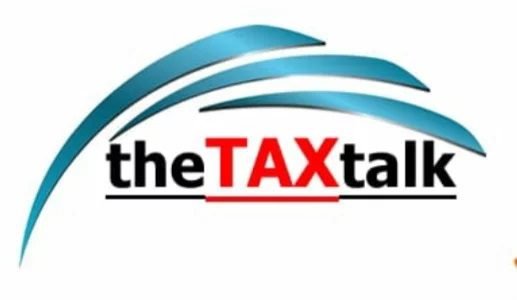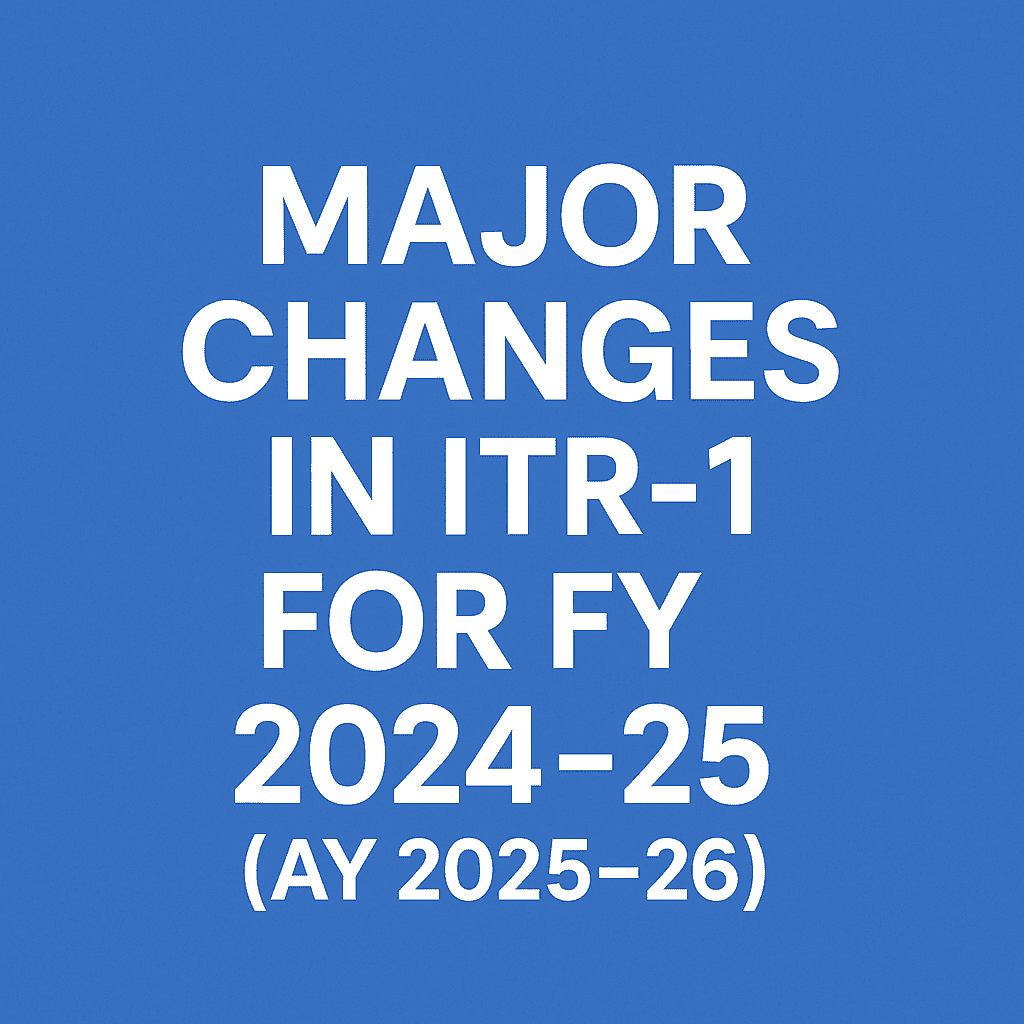![]()
The Income Tax Department has rolled out a set of significant upgrades to the ITR-1 (Sahaj) form applicable to income earned in FY 2024–25 (AY 2025–26). These changes aim to improve transparency, enable auto-verification, and ensure compatibility with AIS and 26AS databases.
If you’re a salaried individual or pensioner eligible for ITR-1, here’s what you must know before filing your return.
✅ Who Can File ITR-1 (Refresher)
ITR-1 is applicable to:
-
Resident individuals (excluding Not Ordinarily Resident)
-
Total income ≤ ₹50 lakhs
-
Income from:
-
Salary/Pension
-
One House Property
-
Other Sources (excluding winnings, crypto, capital gains beyond limits)
-
🔍 6 Major Changes in ITR-1 for FY 2024–25
🔹 1. LTCG up to ₹1.5 Lakh Now Allowed in ITR-1
Earlier, even exempt LTCG required a switch to ITR-2. Now, taxpayers can file ITR-1 or ITR-4 if LTCG is within ₹1.5 lakh and under the basic exemption limit.
✅ Important:
Gains must be disclosed separately for:
-
Before 23rd July 2024
-
On or after 23rd July 2024
(As per the mutual fund taxation timeline changes)
🔹 2. Mandatory Detailed Disclosures
The following now require itemized reporting:
-
Exempt allowances (e.g., HRA, LTA)
-
Interest on housing loan – Section 24(b)
-
Chapter VI-A deductions (80C to 80U)
🧠 Tip: Pre-filled fields may appear from last year or AIS — but review and correct them carefully.
🔹 3. TDS Section Specification + Crypto Disqualification
-
Employers/deductors must now mention exact TDS section (e.g., 192, 194J).
-
If Form 26AS reflects TDS from:
-
Cryptocurrency transactions (Sec 194S)
-
Lottery or betting winnings (Sec 194B)
👉 ITR-1 becomes ineligible.
-
🔹 4. Aadhaar & Bank Account Mandate
To process refunds, taxpayers must:
-
Declare at least one active bank account
-
Provide only the final Aadhaar number (Enrollment ID not accepted)
This ensures faster refunds and better KYC compliance.
🔹 5. Switching Regimes? Declare + Attach Form 10-IEA
As the new tax regime is now the default, you must:
-
Mention your choice of regime in the return
-
If opting out of new regime, attach Form 10-IEA acknowledgment
-
Also confirm your regime status in the previous AY
📌 Flip-flopping between regimes without proper documentation may trigger processing delays or rejection.
🔹 6. New Smart Utility for Filing
The updated ITR utility now supports:
-
Prefilled fields from AIS/26AS
-
Real-time validation for deductions, regime choice, and TDS
-
Improved user interface for error-free filing
💡 Ideal for salaried taxpayers looking for ease + accuracy.
📜 CBDT Notification Highlights
These changes are backed by CBDT Notification No. 105/2023 dated 22nd Dec 2023. Key directives include:
-
📌 Default new tax regime (Sec 115BAC(1A))
-
📌 LTCG relief up to ₹1.5L allowed in ITR-1/4
-
📌 TDS section now compulsory in salary/professional incomes
-
📌 Separate field for family pension under “Other Sources”
-
📌 Schema updates enabling cross-verification and auto-rejection for invalid returns
🧩 Final Words from The Tax Talk
With increased data integration and stricter validations, filing your ITR-1 now requires more attention than ever. But it also means fewer notices and smoother processing, if filed right.
🧾 Need expert help?
Visit www.thetaxtalk.com or drop us a message — our team of CAs and tax advisors is ready to help you navigate the season.


